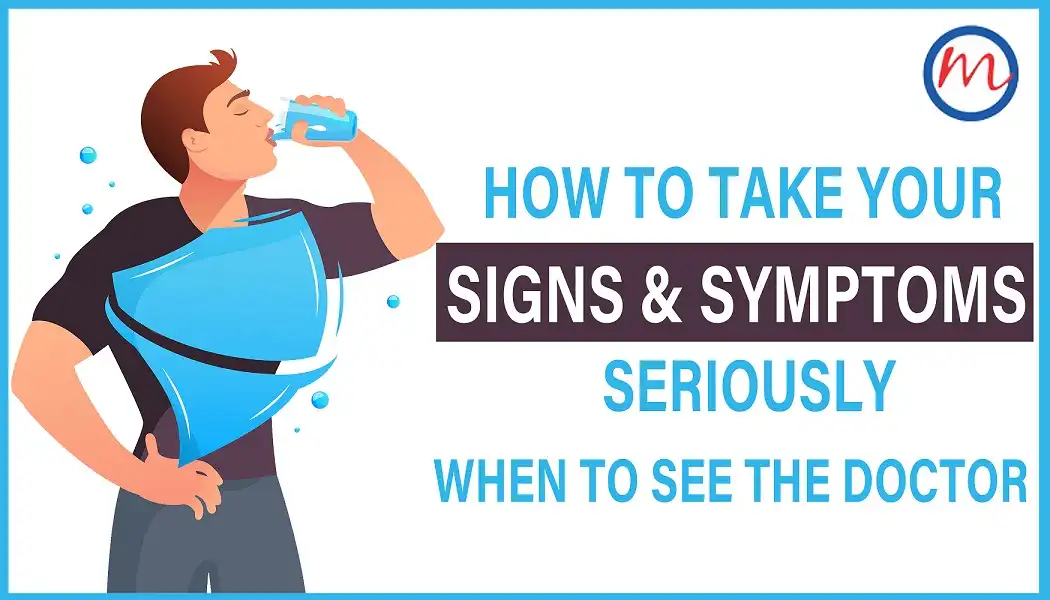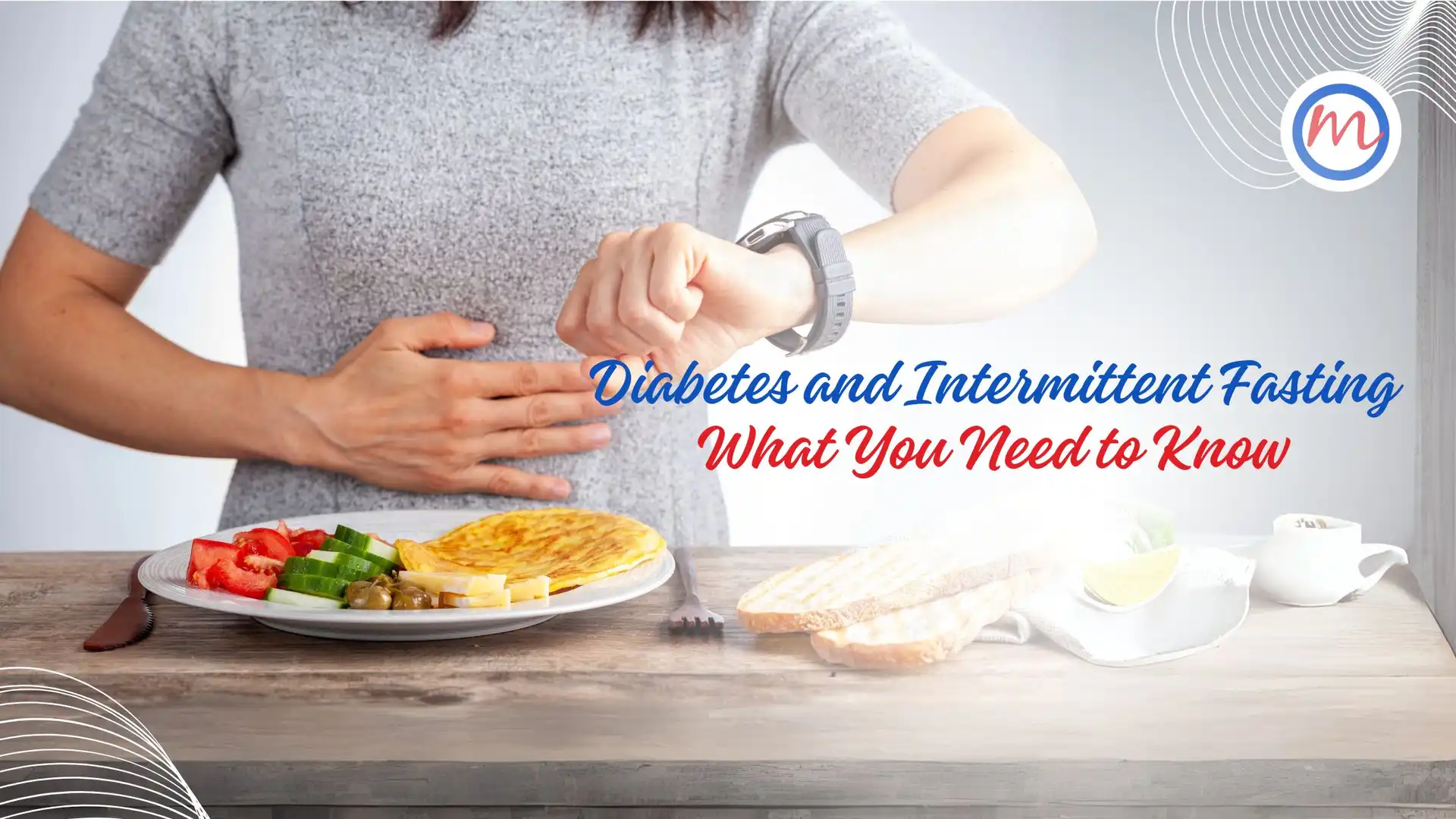By Team Dr Mohan’s
It’s frustrating to be a diabetes doctor in India. The disease has reached epidemic proportions, yet far too many people are still clueless about its signs and symptoms, how vicious it can be or how early diagnosis can save a life and a limb. As doctors continue to treat well-developed complications in patients coming for the first time, the need to spread the word about the signs and symptoms of diabetes becomes urgent.
The problem is, diabetes can stay hidden for long, sometimes for years. And the longer it stays hidden the more it increases hospitalization from heart disease, stroke, kidney failure, vision loss and amputation. Now, it seems, fatal outcomes from Covid-19 are afflicting people with diabetes much more.
So let us turn the spotlight to that key question: “Do you have diabetes?” It is said, knowledge is power. So long you are armed with information and awareness, you can control, manage and defeat diabetes. And always consult a doctor to know in detail about diabetes, its symptoms, complications and the treatment options that are best for you.
TRUTH BE TOLD
The truth is: diabetes is a disease in which the body cannot control sugar levels in the blood. People with diabetes have a problem with insulin—the hormone which keeps sugar levels safe, between too high (hyperglycaemia) and too low (hypoglycaemia). When diabetes is uncontrolled, glucose and fats remain in blood and, over time, damage vital organs. In the end, the complications may be seriously disabling or even life-threatening.
Some people need to be extra careful: older age, family history, overweight (especially, around the belly), unhealthy eaters, couch-potatoe lifestyle. And, also, those who have had diabetes during pregnancy.
THE SIGNS AND SYMPTOMS OF DIABETES
High blood sugar
Or hyperglycaemia, includes the following major symptoms:
- Excessive thirst
- Frequent urination
- Hunger
- Weight loss
- Blurred vision
- Itching
- Skin infections
Low blood sugar
Or hypoglycaemia, shows the following (and more):
- Extreme hunger
- Feeling nervous or jittery
- Cold, clammy, wet skin and/or excessive sweating
- Rapid heartbeat
- Numbness or tingling of the fingertips or lips
- Trembling
- Giddiness
Constant fatigue
Do you feel tired all the time, lack energy, find it difficult to carry out simple everyday tasks, or feel low and depressed? If you do, take care. In diabetes, high blood sugar levels affect the body’s ability to get glucose from the blood into cells to meet our energy needs. The tiredness is often brushed off as “too much work,” but if the fatigue continues even after one has slept enough, it is time to wake up and consult the doctor.
Excessive hunger
Do you feel hungry all the time? Or do you feel hungry even after you eat? That’s because, while your body is not converting the food you eat into energy, muscles and other tissues are sending a “hunger” message, to get more energy into the system. Sometimes, the hunger pangs become so intense that one ends up binge eating—snacking on starchy, comfort foods. That can relieve hunger for a while, but it comes back again the moment sugar levels dip.
Excessive thirst & urine
Most people with diabetes feel thirsty constantly and tend to drink more than people with normal blood sugar levels. If you are constantly thirsty (regardless of the weather or physical activity), you may have the condition. Thirst is linked to another common diabetes symptom: urinating more than normal. High sugar in blood leads to high glucose in the urine, resulting in increased urination. Be alert, if you are waking up more than once at night to go to the washroom.
Unexplained weight loss
Everybody gains or loses some weight now and then. But if you haven’t gone on a diet or ramped up your exercise routine and your weight is still dropping—relatively quickly—it is time to talk to your doctor. In fact, a red flag to look out for is the answer to a question: “Are you snacking more than normal yet losing weight?” In diabetes, as your body doesn’t use insulin effectively, and the glucose doesn’t arrive in your cells, your body thinks it’s starving and starts creating energy by burning fat and muscle. This causes unexplained weight loss.
Vision problems
A typical complaint from people with diabetes is that their vision is not improving despite the use of glasses. That’s because, high blood sugar can set off a range of eye problems: spots or dark strings floating in your vision; flashes of light; ‘holes’ and blurry vision; cataracts (the lens gets cloudy); glaucoma (pressure builds up inside your eye); retinopathy (damage to small blood vessels in your retina). Early signs can be treated, although cataracts often need surgery. Remember, diabetes is the primary cause of blindness in adults.
Mental problems
Changes in blood sugar levels can have negative effects on the brain. Depression, mood swings, restlessness, lack of concentration, difficulty thinking clearly, feeling shaky, sweaty, anxious, sad (especially in the mornings), low and irritable, no longer finding pleasure in activities once enjoyed, experiencing insomnia or sleeping too much, loss of appetite or binge eating—all these are now being linked to diabetes, both as symptom as well as consequence.
Slow wound healing
If you notice that your cuts, scratches, grazes and blisters take several weeks to heal, it may just be an important sign that you have diabetes. High blood sugar complicates the immune response in the body. As a result wounds do not repair efficiently, resulting in slow healing.
Tingling and numbness
Pain, numbness, burning sensation or tingling in hands and feet, are often things that people with diabetes complain of. That’s because, high blood sugar levels can cause poor blood circulation and nerve damage in hands and feet, resulting in conditions that are collectively known as neuropathy. They can be vital symptoms, too.
Skin changes
There are warning signs of diabetes that can appear on your skin: from yellow-red-brown patches on the skin to dark, velvety bands in the folds of the skin (especially in the neck, armpit, groin, or elsewhere); hard, thickening skin on the fingers and toes; large blisters that suddenly arise on the hands, feet, legs, or forearms (resemble serious burn blisters); extremely dry, itchy skin; scaly patches around the eyes.
LAST BUT NOT LEAST !
Here comes the handgrip test. It’s not a symptom, but a sign. You can foretell if you are (or will) move towards diabetes. Answer the following questions: do you find it difficult to open a bottle, brush your teeth or hold a steering wheel? A weak handgrip is usually linked to normal ageing, decrease in muscle mass, diseases like arthritis and nerve damage in the hands and wrists. But now (published in Annals of Medicine, September 2020) scientists are measuring the muscular handgrip strength of men and women without a history of diabetes, to detect their risk of developing the disease.
So test the strength of your handgrip and consult your doctor, if any of the above mentioned symptoms resonate with you.



